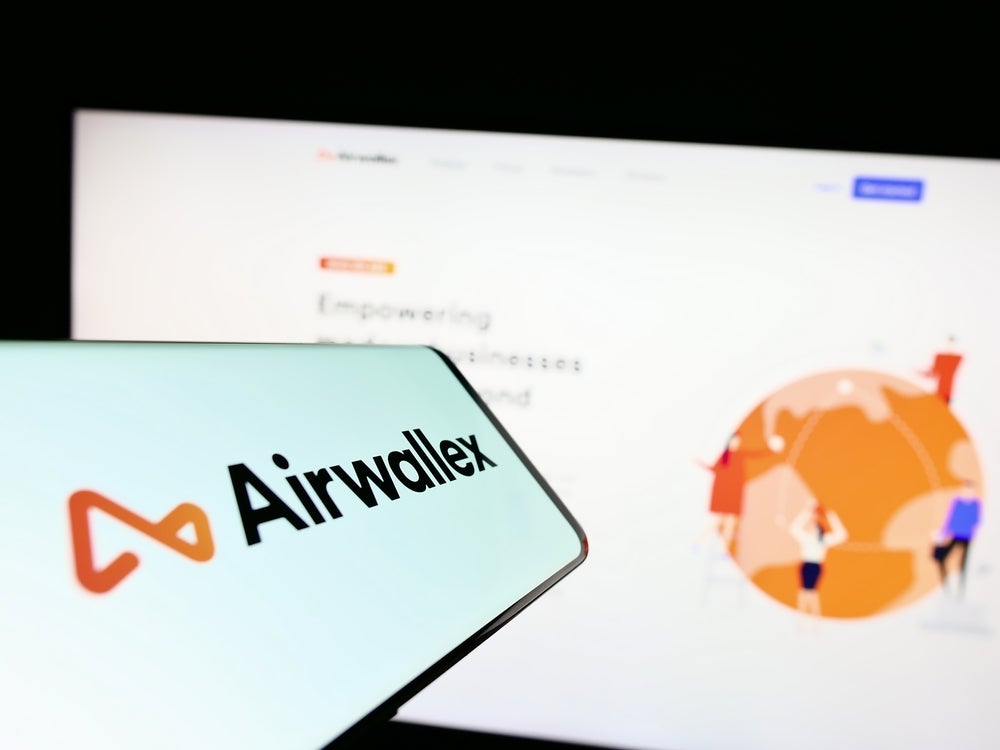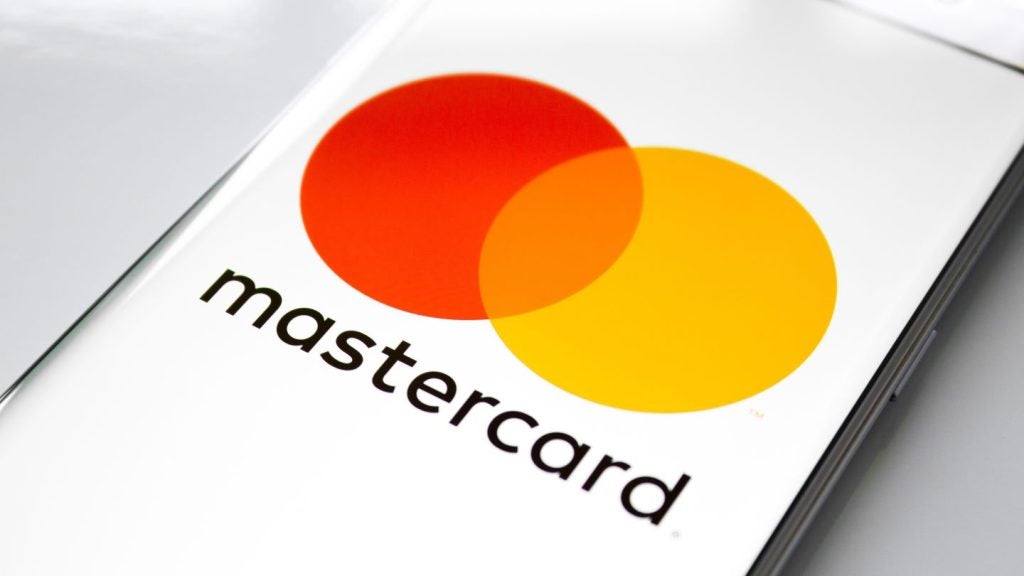Lack of trust between consumers and foreign merchants is part of the reason why cross-border transactions have continued to grow at such a sluggish pace. If the European Commissions Digital Agenda targets are to be met, Online Banking enabled Payment networks may have the solution to the problem, writes Louise Naughton.
 Trust is all important and a fundamental aspect of payments. It is an area that cannot be underestimated nor undervalued as more often that not it can be the difference between a sale and a lost customer.
Trust is all important and a fundamental aspect of payments. It is an area that cannot be underestimated nor undervalued as more often that not it can be the difference between a sale and a lost customer.
Trust in a payment process becomes more prevalent in the cross-border arena. Lack of familiarity between consumers and foreign merchants coupled with language barriers breeds an uncomfortable and sometimes painful payment transaction. This mistrust forms part of the reason why cross-border transactions have continued to grow so slowly.
Despite continuous healthy growth in domestic e-commerce around Europe (currently standing at 36% up from 34% in 2009), figures released by the European Commission (EC) in the fifth edition of its Consumer Conditions Scoreboard in March 2011 show cross-border e-commerce only rose one percentage point to 9% last year.

US Tariffs are shifting - will you react or anticipate?
Don’t let policy changes catch you off guard. Stay proactive with real-time data and expert analysis.
By GlobalDataDigital Agenda
Under its Digital Agenda, the European Union (EU) pledged to raise the proportion of EU consumers that shop online across borders to 20% by 2020 but the way things stand it seems there is a lot more work to do for this target to be realised.
Cross-border e-commerce is an area of tremendous potential as 56% of European businesses estimate more than 10% of their e-commerce sales come from other EU member states, according to the EC. Yet 60% of businesses refuse to sell online to other countries. It is clear that something needs to change and fast.
Cue Online Banking enabled Payment networks, or OBePs as they are otherwise known, to step in and spare the EUs blushes.
 OBePs allow consumers to pay for goods and services via their internet banking website and, by eliminating the need for users to input card details to third parties, it is hoped the e-commerce market will open up to those consumers dissatisfied with the current level of security available. All OBeP networks work in a similar way, although there are minor differences as they cope with different payment infrastructures and national focuses.
OBePs allow consumers to pay for goods and services via their internet banking website and, by eliminating the need for users to input card details to third parties, it is hoped the e-commerce market will open up to those consumers dissatisfied with the current level of security available. All OBeP networks work in a similar way, although there are minor differences as they cope with different payment infrastructures and national focuses.
A typical OBeP transaction is as follows:
- Merchants register and sign-up for the service through a merchant acquirer, which validates their credentials.
- The merchants bank account and web address is then stored on the OBeP networks participant database along with the participating banks online banking website addresses.
- Once a consumer reaches a merchants checkout page they will then be presented the option of using an OBeP network.After selecting the payment method, a drop down box will appear listing the participating banks.
- The consumer selects their bank and the merchant is then instructed to send the network transaction information such as the value of the purchase.
- An encrypted session token is passed back to the merchant, including the URL of the customers banks internet banking log-in page, where the customer is then redirected to.
- The consumer bank receives the session token and sends it back to the scheme to be validated. The token is encrypted and the bank is given the transaction information and the merchant details they require such as the acquiring bank and its website address to enable the consumer to be redirected once the transaction has completed.
- Once a customer logs on to their online banking account, they are presented with a payment page where they will be given a list of accounts they can pay from including their current balances. Once the customer selects an account and authorises the payment, a unique transaction identifier is generated and is sent from the bank to the merchant using the session token. The customer is finally redirected back to the merchant for confirmation that the transaction has taken place.
Spurred on by the missed potential in cross-border e-commerce, three European OBeP networks are currently working on a European Payments Council (EPC) sponsored interoperability project designed to allow consumers to pay online and in real time for international or cross-border transactions using their online banking facilities.
 The Netherlands iDEAL, Germanys giropay and Austrias eps have all enjoyed great success among their national consumers, with 54% of all online shoppers in the Netherlands now using iDEAL as their preferred payment method, despite it only being in existence since 2005.
The Netherlands iDEAL, Germanys giropay and Austrias eps have all enjoyed great success among their national consumers, with 54% of all online shoppers in the Netherlands now using iDEAL as their preferred payment method, despite it only being in existence since 2005.
iDEAL has been dubbed the real success story of OBeP networks, as its transaction figures have exploded since its inception six years ago, growing from 134 transactions in 2005 to 68,840 transactions in 2010. Giropay has also experienced a 40% year-on-year growth since it came to market in 2006, registering 17m users with 1500 banks in 2010.
"There has been a market failure when it comes to cross-border payments and we need to solve this," says iDEAL CEO Piet Mallekoote.
Mallekoote told EPI iDEAL was responsible for setting up the partnership between itself, giropay and eps. It also had to approach the EPC for authorisation to use its SEPA e-payments framework as a foundation for the project, which it received in July 2010.
"The EPC has developed a draft SEPA e-payments framework service description," says EPC chairman Gerard Hartsink.
"To achieve interoperability between e-payment channel schemes, it is necessary that these e-payment channel schemes adopt the common business and compliance requirements as well as the technical and other aspects defined in the framework."
While the project is EPC-sponsored, the council has taken a back-seat approach during its development, preferring to act as observers rather than active participants in the initiative. Yet Mallekoote argues it does not make sense for the organisation to act in any other way. "The EPC plays an important and stimulating role in setting up the interoperability rules but that is as far as it can go," he says.
"Each scheme has its own rules and it is the responsibility of the individual scheme to work through that and find a way to minimise the differences between the schemes involved."
The schemes are in the final stages of investigating how a standardised way of ensuring a guaranteed e-payment from a consumer to a web-merchant in another country can be carried out, while also taking security, legal and operating matters into account.
A Proof of Concept is due for completion by the end of this month but a more realistic date would be around the end of April or the beginning of May this year, says Mallekoote.
This document will show the schemes first evaluation of the technical, operational, security and legal issues that can and will arise in a project of this scale and most importantly reveal whether at this initial stage, these problems can be overcome.
Once a business case is formalised, the schemes will be free to create the interoperable platform. Mallekoote estimates the implementation could start around the end of 2011 with results expected in 2012.
OBeP interoperability will not just stop at Europe. Before the EPC-sponsored initiative was a twinkle in iDEALs eye, the International Council of Payment Network Operators (ICPNO) had already set out the technical and operational standards required to create an interoperable network, with an added and crucial component the ability of carrying out currency conversion in real-time.
The ICPNO was created in 2008 by payments and online financial management solutions provider eWise and boasts members such as iDEAL, giropay, Canadas Interac Online, US e-payments association NACHA, ACH Colombia and the UKs VocaLink.
eWise executive vice-president Richard Brierley-Jones agrees with iDEALs mantra of progressing through the interoperability project in a step-by-step fashion.
"We agree wholeheartedly with iDEALs approach to interoperability within networks," says Brierley-Jones.
"The priority is to work with the established networks in Europe and complete the technical evaluation as soon as possible. The UK represents the biggest external market for Dutch and German consumers over 12% of Dutch consumers shop on UK websites so the schemes will look to connect to the UK as soon as possible.
"Only then will we look to connect the European platform to the US."
eWise partnered NACHA to pilot OBeP network, Secure Vault Payments (SVP) in the US from 2008 to 2010. The commercial launch of the network commenced last year and, according to eWise European payments division managing director John France, the scheme has already been deployed by two of the top five banks in the US.
More recently, the company has partnered with VocaLink and hopes for similar success as it plans to launch its eWise payo network in the UK in 2011.
An interoperability project similar to that of the EPC-sponsored initiative is being driven by the ICPNO, where it aims to connect Interac Online and SVP. Despite the complex foreign exchange component, the ICPNO project is moving at much quicker pace than that of its European counterpart.
Interac Online and SVP will offer their first live cross-border transaction by June 2011. The first step will be allowing a US merchant access to the Interac Online scheme, enabling those 13m Canadian consumers who wish to buy from retailers across the border.
"A key objective was that we wanted to make the technology exceedingly simple for merchants," says Brierley-Jones. "The message format, that we are trying to standardise, is exactly the same for a merchant to deploy in any national scheme. The ICPNO has a conversion factor that converts a standard message into an Interac or SVP message on behalf of the merchant.
"There is a small amount of work to do on the front-end to present Interac on a US web merchants page but, from a technology perspective, it uses the same message format and the same connectivity."
The inclusion of the EPC in the European interoperability project is cited as the reason iDEAL, giropay and eps are lagging behind their Canadian and US rivals.
ACH Colombia is the latest member of the ICPNO as the council looks to widen the net to achieve its goal of a truly global interoperable network. Companies in Latin America and Far Eastern countries are believed to be in talks with the organisation to come on board.
The EU has been making noise about the stagnant figures surrounding cross-border e-commerce for some time but has been painfully slow in making in-roads to do anything about it.
The industry and consumers alike are waiting for the cross-border service to go live and only then will it become apparent whether the work that has been done by the ICPNO and its members is enough to instil the trust required for consumers and foreign merchants to interact and engage cross-border.







